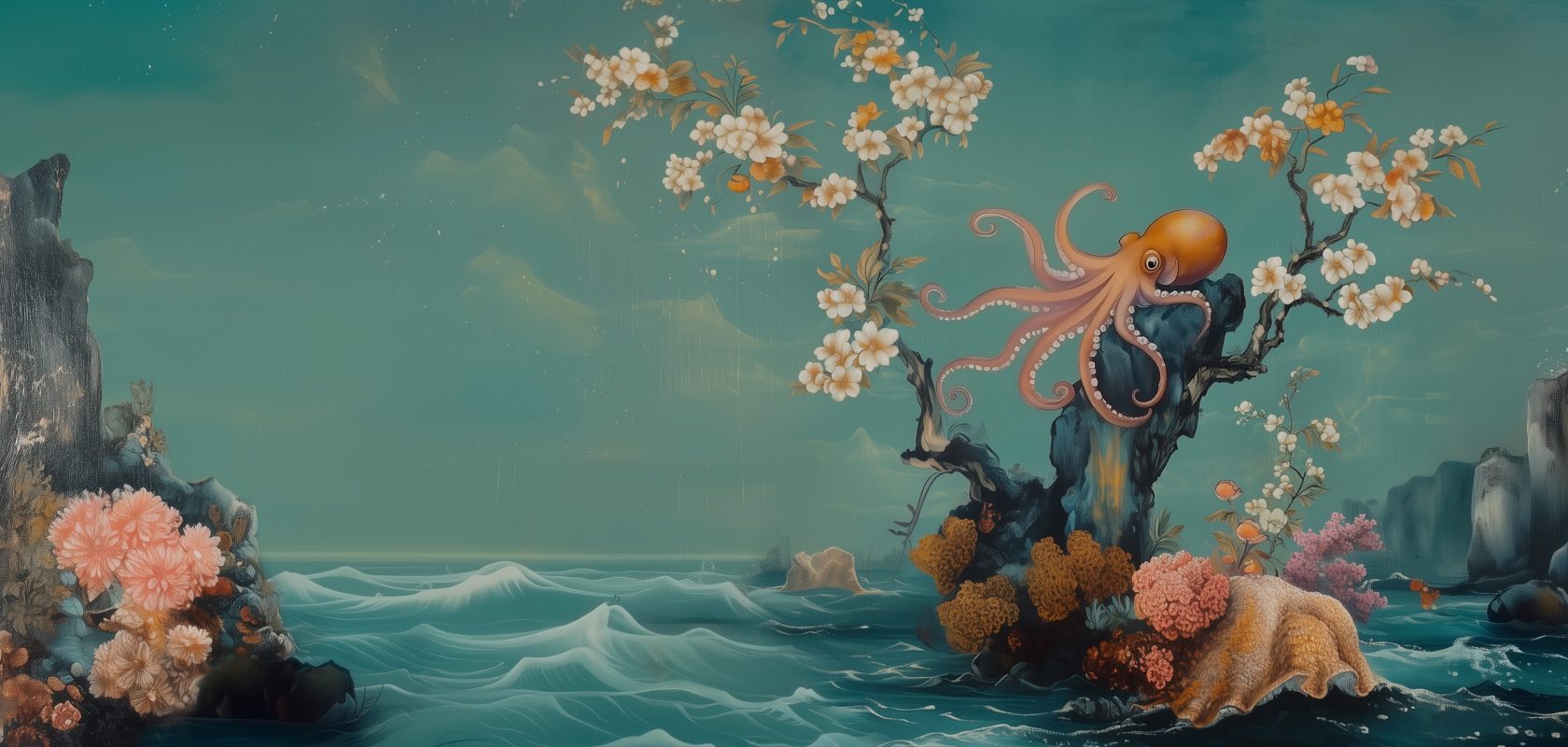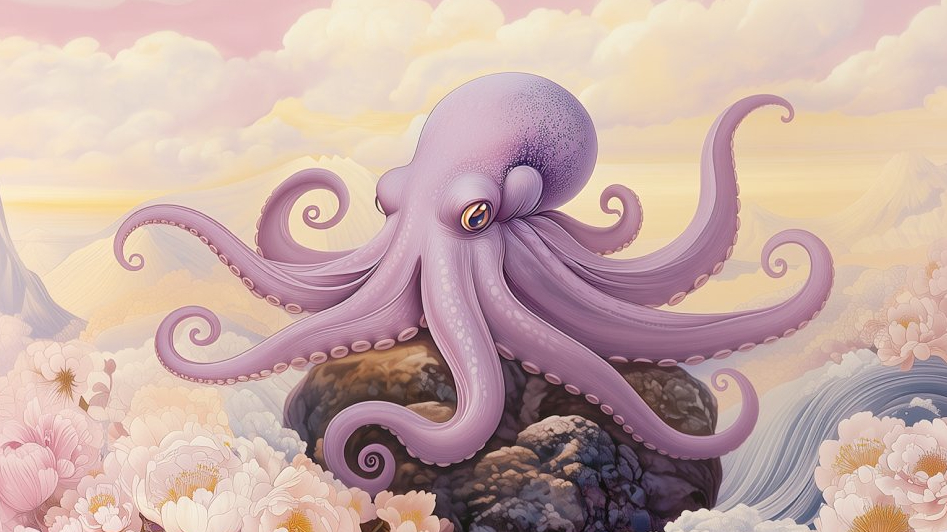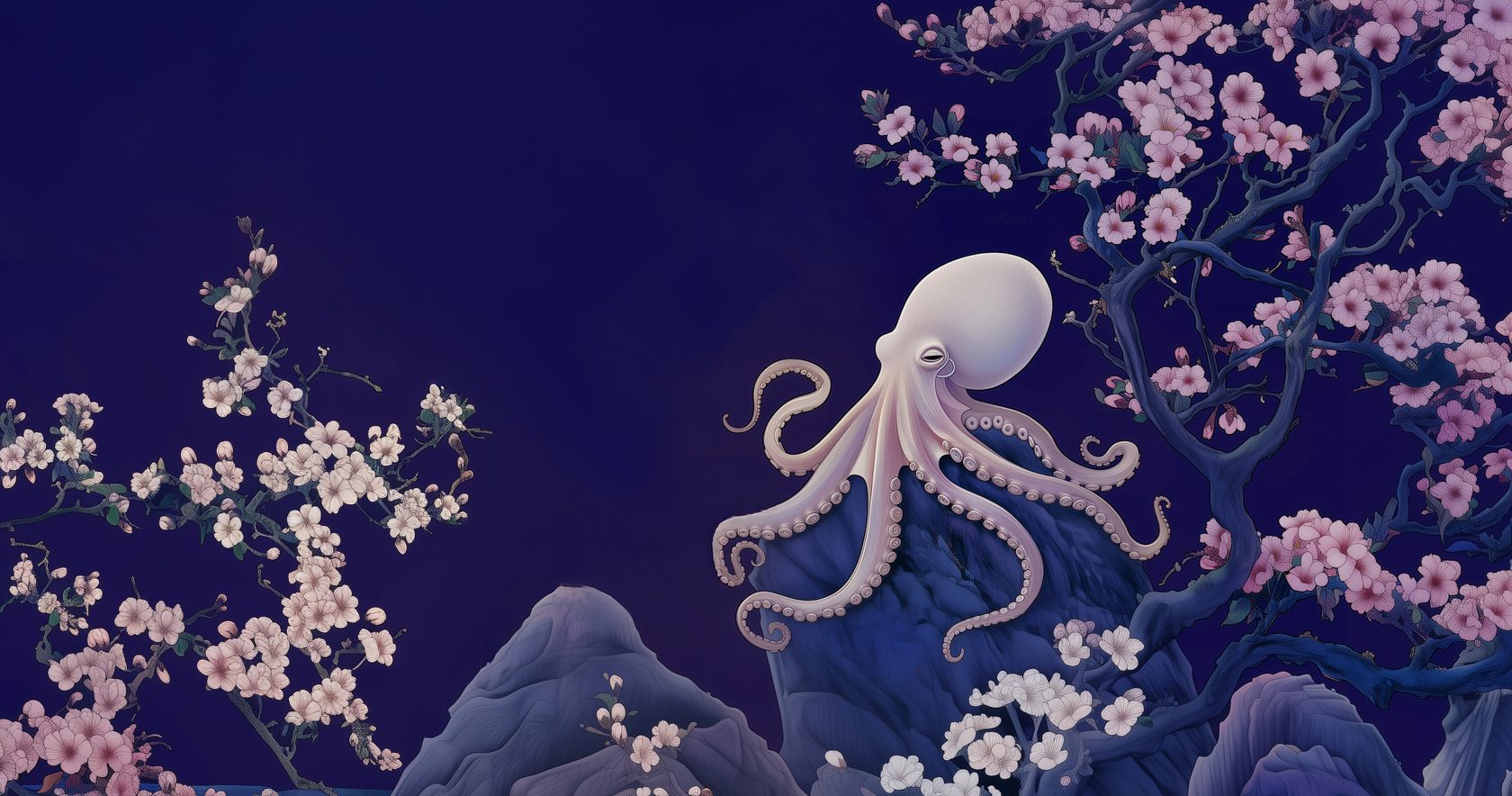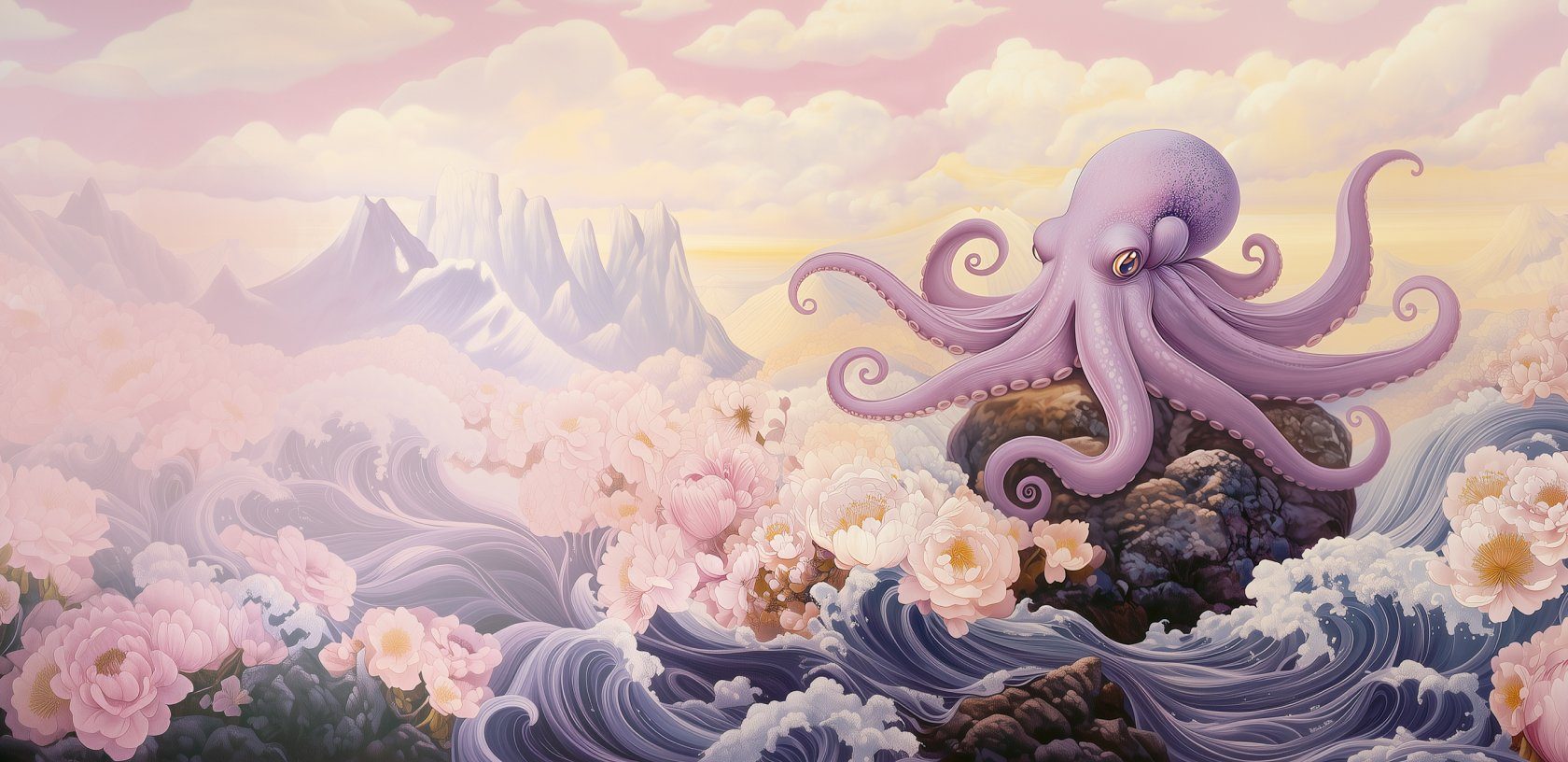
We are marketers who embrace technology
Whether we function as your Fractional CMO or full‑service marketing team, by combining AI‑powered data with our human thinking and insight, we craft a tailored and strategic marketing plan based on your business objectives.
We believe knowledge drives value
As your marketing partner, we learn about your business inside and out to craft a marketing strategy and plan that grows your business.
Our AI‑Powered Engine

We build AI tools that drive marketing efficiencies. One example of how we use AI is for image generation. This enables clients to re-allocate funds traditionally used for expensive photo shoots to support more strategic goals like customer acquisition or retention tactics without compromising quality and impact.
We also use AI to help our clients build marketing systems and processes that increase efficiencies and improve productivity such as sales tools and customer insights. This helps us give better oversight to budget planning and resourcing to find new and better ways to support strategic goals like customer acquisition, lead gen, CRM and retention programs with data insight.

We love the work we do for our clients
We're nothing without the amazing partnerships we have with our clients. Please take a scroll through just a few examples of the work we've done to drive leads, clicks, traffic and conversions.

We are full‑service marketers
Octopus Ink empowers organizations with strategic marketing expertise. Whether we operate as your Fractional CMO or as a more traditional full‑service marketing partner, we provide the flexibility and tailored support you need to achieve your marketing goals.

How much should you spend on marketing?
Check out our calculator to discover the average annual marketing budgets for your industry.
Marketing Budget Calculator
Most companies are great at setting goals and objectives. What is often more difficult is figuring out what do you need to spend on marketing to achieve those goals and objectives.
So, we came up with a tool to help our clients understand what businesses spend on marketing based on industry averages. The calculations are developed from researching publicly and privately held companies, financial statements, and interviewing a vast array of marketing professionals. It's by no means a hard and fast rule — but we find it helps our clients understand what their annual investment should be.

There’s no “I” in Octopus
We’re proud of the collaboration, passion and can-do attitude our team brings to the table.
Everything starts with a conversation. And we’d love to chat with you.
- Let's Talk
- 416.977.7110
- Or email
- [email protected]
- Octopus Ink
- 49 Spadina Avenue,
Suite 203
Toronto, ON M5V 2J1 Get Directions










